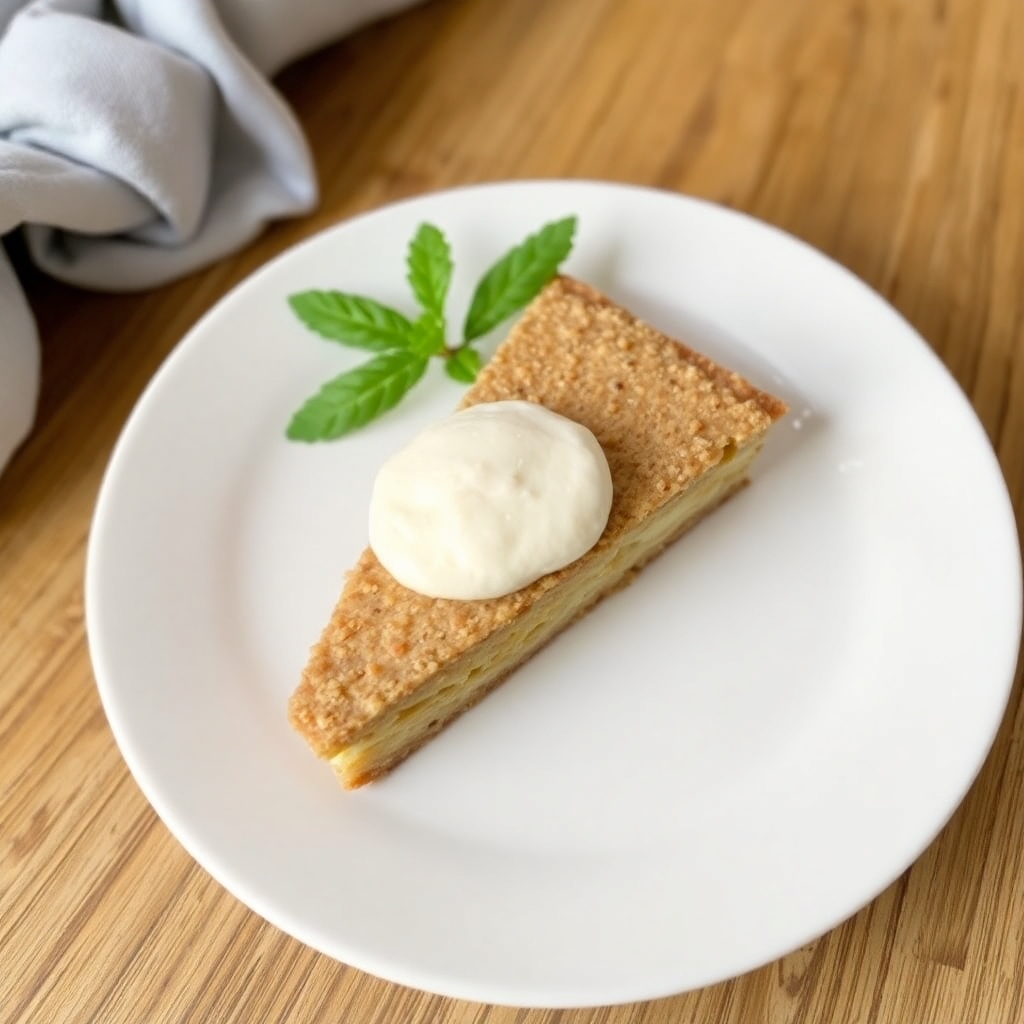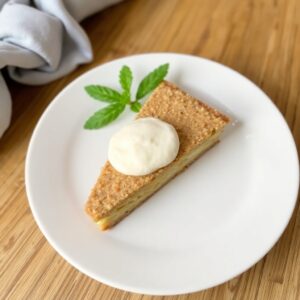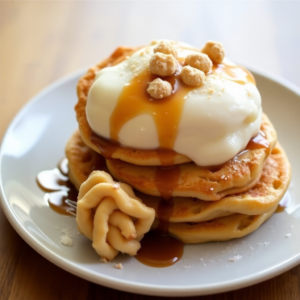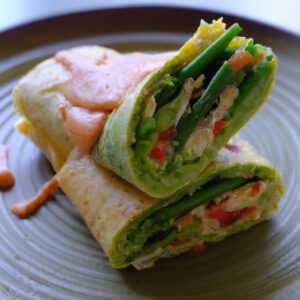Intro
Are you craving pancakes but need to avoid gluten? You’re in luck! This blog post will guide you through a foolproof gluten free pancake recipe that will satisfy your breakfast cravings without compromising on taste or texture. Whether you are new to gluten free cooking or a seasoned pro, these simple steps will help you whip up a stack of delicious pancakes that are sure to become a breakfast favorite.
Understanding Gluten Free Ingredients
Understanding the right ingredients is crucial for a successful gluten free pancake recipe. Gluten free flours differ in texture and taste, so it’s essential to know your options. Common choices include almond flour, coconut flour, and gluten free all-purpose flour blends. Almond flour provides a nutty flavor and is protein-rich, while coconut flour is high in fiber and absorbs more liquid. Gluten free all-purpose flour blends usually contain a mix of flours and starches that mimic wheat flour’s properties, making them convenient for baking.
Binding agents are another key component. Since gluten helps bind ingredients, you’ll need alternatives like xanthan gum or guar gum to achieve the right texture. Eggs also play a critical role in binding and adding moisture. If you’re looking for an egg-free option, flaxseed or chia seeds mixed with water can serve as effective substitutes.
Leavening agents like baking powder and baking soda are essential for fluffiness. Ensure your baking powder is gluten free, as some brands may contain traces of gluten.
Finally, consider liquid ingredients. Milk or dairy-free alternatives like almond milk, oat milk, or coconut milk work well in gluten free recipes. Each liquid option can slightly alter the flavor and texture, so choose according to your preference.
Essential Equipment for Making Pancakes
To create delicious gluten free pancakes, having the right equipment is essential. A high-quality non-stick skillet or griddle is crucial for even cooking and effortless flipping. Make sure to preheat it to medium heat before adding your batter. A pancake turner or spatula will help you flip your pancakes with ease, preventing them from breaking apart.
Mixing bowls and a whisk are indispensable for combining your ingredients smoothly. Opt for separate bowls to mix dry and wet ingredients, as this helps avoid overmixing, which can lead to dense pancakes. Accurate measurements are key to a successful recipe, so have measuring cups and spoons handy. A ladle or measuring cup can help you pour the batter onto the skillet in uniform portions, ensuring even cooking.
If you’re looking to add a touch of creativity to your breakfast, a squeeze bottle can be useful for making fun pancake shapes. For those who want extra precision, an electric griddle with a temperature control feature can help maintain consistent heat, giving you perfect pancakes every time. With these tools in your kitchen, you’ll be well-equipped to whip up a batch of gluten free pancakes that are both delicious and beautifully cooked.
Basic Gluten Free Pancake Batter Recipe
To make a basic gluten free pancake batter, start by gathering these ingredients: 1 cup of gluten free all-purpose flour, 1 tablespoon of sugar, 1 teaspoon of baking powder, ½ teaspoon of baking soda, ¼ teaspoon of salt, 1 cup of milk (or a dairy-free alternative), 1 egg, and 2 tablespoons of melted butter or oil. Begin by whisking together the flour, sugar, baking powder, baking soda, and salt in a mixing bowl. In a separate bowl, beat the egg and mix in the milk and melted butter. Pour the wet ingredients into the dry ingredients, stirring until just combined. Be careful not to overmix, as this can result in dense pancakes. Allow the batter to rest for a few minutes to thicken. This step is important because it helps the flour absorb the liquid, resulting in a better texture. Your batter is now ready for cooking.
Tips for Cooking Gluten Free Pancakes
Preheating your skillet or griddle over medium heat is key to preventing sticking and ensuring even cooking. Use a ladle or measuring cup to pour the batter onto the skillet, aiming for uniform sizes for consistent results. Watch for bubbles to form on the surface, which typically takes about 2-3 minutes; this indicates it’s time to flip. Flip the pancakes gently and cook for another 2-3 minutes on the other side until they are golden brown.
Avoid pressing down on the pancakes with a spatula, as this can make them dense and less fluffy. Maintaining medium heat is crucial; too high a temperature can cause the outside to cook too quickly while leaving the inside undercooked. If you notice that your pancakes are browning too fast, lower the heat slightly to give them time to cook through.
Using a non-stick skillet or griddle is recommended to make flipping easier and to keep the pancakes intact. If you’re using a standard skillet, a light coating of oil or butter can help prevent sticking. Be sure to adjust the oil or butter as needed between batches to maintain a non-stick surface.
For an even cook, resist the temptation to crowd the skillet. Cook a few pancakes at a time, leaving enough space to flip them easily. If you’re making a large batch, keep the cooked pancakes warm in an oven set to a low temperature (around 200°F) while you finish cooking the rest. This will keep them warm and ready to serve all at once.
Flavor Variations and Add-Ins
One of the best aspects of making pancakes is the endless possibilities for flavor variations and add-ins. You can easily customize your gluten free pancake recipe by incorporating fresh or frozen fruits like blueberries, strawberries, or raspberries into the batter. For a sweet twist, try adding chocolate chips, shredded coconut, or a touch of vanilla extract. If you enjoy spices, a pinch of cinnamon, nutmeg, or pumpkin spice can add a warm and cozy flavor to your pancakes.
For those who prefer a bit of crunch, nuts like chopped pecans, walnuts, or almonds make excellent additions. If you’re in the mood for something a bit more indulgent, swirl in some peanut butter, Nutella, or caramel sauce for a delightful treat.
Don’t limit yourself to just sweet options; savory add-ins can elevate your pancakes to a whole new level. Grated cheese, chopped green onions, or cooked bacon bits can be mixed into the batter for a savory delight. Fresh herbs like parsley, chives, or basil can also provide a burst of flavor.
Feel free to mix and match different ingredients to discover your favorite combinations. Whether you’re in the mood for something sweet, spicy, crunchy, or savory, there’s a perfect pancake variation waiting for you.
Serving Suggestions and Toppings
Elevate your gluten free pancakes with an array of delicious toppings and creative serving ideas. For a classic approach, drizzle them with maple syrup and add a pat of butter. Fresh fruit like berries, banana slices, or apple chunks provide a refreshing burst of flavor and natural sweetness.
For a more indulgent breakfast, consider topping your pancakes with a dollop of whipped cream, a sprinkle of powdered sugar, or a drizzle of chocolate or caramel sauce. Nuts like chopped pecans, almonds, or walnuts add a satisfying crunch and can be paired with a bit of honey or agave syrup for extra sweetness.
If you prefer savory flavors, try topping your pancakes with slices of avocado, smoked salmon, or a perfectly poached egg. Adding a sprinkle of fresh herbs like chives or parsley can enhance the savory profile. For an extra protein boost, serve your pancakes alongside crispy bacon, sausage, or even a grilled chicken breast.
Yogurt and granola can also make excellent toppings, providing a creamy texture and added crunch. For a touch of international flair, try spreading some nut butter, like almond or peanut butter, and layering with slices of banana or a spoonful of fruit preserves.
Pair your toppings with a hot cup of coffee, tea, or even a freshly squeezed juice to complete your breakfast experience.
Storing and Reheating Leftover Pancakes
Leftover pancakes can be a lifesaver for busy mornings, and storing them properly ensures they remain delicious. Once cooled completely, place the pancakes in an airtight container or resealable plastic bag. Refrigerate them for up to three days or freeze them for up to a month. When you’re ready to enjoy them again, reheating is simple. Toast the pancakes in a toaster or warm them on a skillet over medium heat until heated through. Avoid using the microwave, as it can make the pancakes soggy. For added convenience, you can layer parchment paper between each pancake before freezing to prevent them from sticking together. Reheated pancakes maintain their delightful texture and flavor, making them a quick and tasty breakfast option any day of the week.



